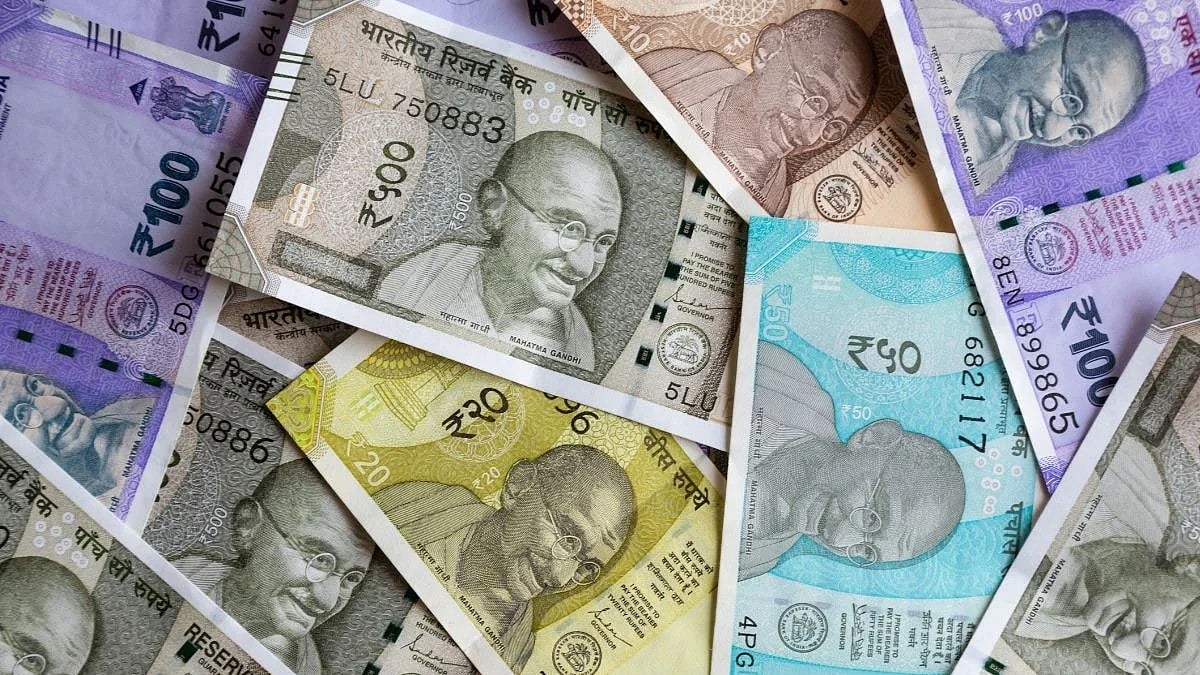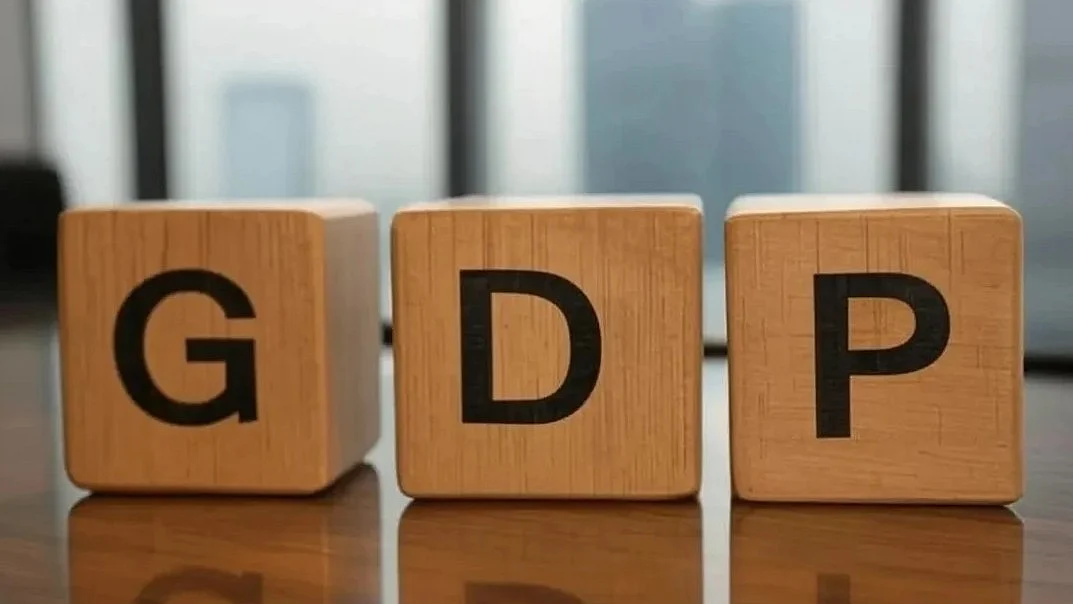Last week, the worst fears of every Lepcha living in the Dzongu reserve of Sikkim came true. In the early hours of 5 October 2023, in what is now a typical climate change-induced extreme weather event, following a cloud burst and possibly a nudge from an earthquake a day earlier, the slowly expanding Lhonak Lake below a melting glacier of the Khangchendzonga range, finally burst its bank, and unleashed a tsunami of water and boulders down the Teesta River, sweeping away the only two bridges that connected Dzongu to rest of the world.
The latest Himalayan Glacial Lake Outburst Flood (GLOF) also wiped out Sikkim’s pride and folly, the 60-metre-high rock-filled concrete dam of the 1200-MW Teesta-III hydel project near Chungthang village and damaged many more dams downstream, swept away scores of bridges, houses and camps, killing 56 and 100 persons are still missing.
The Lepchas had warned everyone of this disaster. Exactly 20 years ago, in 2003, they had come together as Affected Citizens of Teesta (ACT) and protested against the Sikkim government’s grandiose plans to generate hydroelectricity by taming the Teesta and building a series of dams on their sacred land. The Lepchas elders had spoken of the consequences of disturbing the ecology of Khangchendzonga and the spirits that resided in its every creature and corner. Their protests were suppressed. Their warnings were ignored.
The economic impact of the latest Himalayan tsunami is likely to be in billions of dollars based on the reports of the destruction of infrastructure like dams, bridges, roads, houses, vehicles, farms, and businesses.
However, there are unquantifiable losses and damages also known as non-economic loss and damage (NELD) which include loss of lives and livelihoods, degradation of territory, farmland, cultural heritage, indigenous knowledge, societal and cultural identity, biodiversity, and ecosystem services that are critical for survival and social development of local communities.
The Lepchas of Dzongu have lived on the banks of the Teesta River, in the shadow of the Khangchendzonga mountain, below the Lhonak and Shako Cho glacial lakes, longer than any other group, maintaining the most direct and intimate connection with the mountain, the glaciers, and the river. In all stages of their lives, the mountain, the forests, the river, the trees, all living creatures are referred to, worshipped and revered.
The Lepcha story of origin states that the first Lepcha couple Tukbothing and Nazong Nyu was crafted from the fresh snow of Khangchendzonga (Kingchumzaongboo Chyoo) by Itbu Mu, the creator. The Lepchas call themselves ‘Mutanchi Rong Kup Rum Kup’, which translates as ‘Mother’s Loved Ones, Children of Snowy Peaks, Children of God’.
For Lepchas, Dzongu is also their Mayel Lyang, the land of hidden paradise. As they like to say, it is where the largest tree is never cut down, the strongest deer is never hunted and wild orchids sprout aimlessly from the top of trees, making pink and purple bursts in the sky. In Mayel Lyang, the nature-worshipping Lepchas include every leaf, blade of grass, all creatures, and the water from the heavens, rivers and lakes in their prayers.
For Lepchas, every biophysical feature, such as trees, glaciers, streams, and rock formations that got swept away in floods had clear spiritual and revered significance. How does one measure the loss and damage to the core of ecological and sacred spaces of communities that have contributed the least to the climate crisis?
In November 2022, at the COP27 UN climate conference in Egypt, world leaders decided to establish a Loss and Damage Fund to address the adverse impacts of climate change, especially on developing countries. In the lead-up to COP28 in 2023, members of the multi-country Loss and Damage Transitional Committee are meeting to develop and propose a design for the new Fund that will be structurally sound and adequately endowed. Both economic and non-economic loss and damage are being considered, though discussions about the latter are hindered by the lack of consensus over how to define and evaluate NELD.
It is extremely hard to accurately measure every kind of NELD, given the innumerable variety of ways in which humans assign value to things. Despite this, it is imperative that assessments of Loss and Damage ensure coverage of the non-economic dimensions. Failing to do so can distort our understanding of climate change impacts, discount and exclude the experiences of some, and skew future decision-making.
Cultural heritage matters because it helps to define communities and enhance social cohesion; maintain wellbeing and mental health; explain the past and shape contemporary politics; and support sustainable economic development. It’s time we paid heed to the Lepcha, the Limboos, the Lachenpas of Sikking and all the indigenous peoples around the world trying to protect their sacred abodes on this beleaguered planet.
(Shailendra Yashwant is an independent environmental photojournalist and climate communications consultant. He tweets at @shaibaba.)










